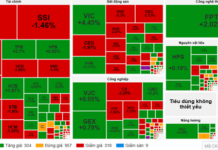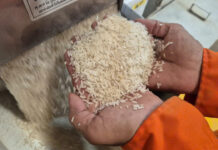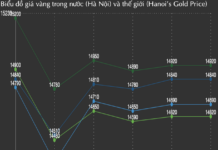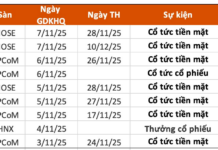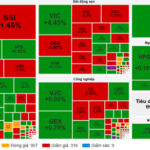According to statistics from the Ministry of Agriculture and Rural Development, wood and forestry product exports in July 2024 reached $1.46 billion, with a cumulative total of $9.36 billion in the first seven months of 2024, a 20.5% increase compared to the same period last year. Of this, exports of wood and wood products reached $8.78 billion, a 21.9% increase year-on-year.
MARKET TRENDS ARE NOT YET SUSTAINABLE
In the first seven months of 2024, exports of some key wood products saw high growth compared to the same period last year. Specifically, furniture exports reached $4.5 billion, a 23.5% increase; wood construction products reached $312 million, a 32% increase; and wood chips reached $1.6 billion, a 37% increase.
The United States remains the largest export market for Vietnam’s wood industry, with exports reaching $5.019 billion, a 24.5% increase. This is followed by China with $1.22 billion, a 37.92% increase; Japan with $949 million, a 2.73% decrease; South Korea with $472 million, a 1% decrease; and the EU with $555 million, a 22.44% increase compared to the same period last year.
Although the United States is a key market, accounting for about 53% of Vietnam’s total exports of wood and wood products, Mr. Do Xuan Lap, Chairman of the Vietnam Timber and Forest Products Association, believes that the overall trend of the furniture market, especially kitchen cabinets in the US, showed signs of slowing down in July 2024. The high growth in export turnover is due to increased selling prices, while the volume of orders has not increased significantly.
Regarding the reason for the increase in selling prices, Mr. Lap said that in the first half of 2024, geopolitical conflicts in the Middle East and the Red Sea regions led to increased logistics costs and freight rates, which pushed up the prices of wood raw materials. Some types of wood now cost 40% more than last year, impacting the output prices of the wood industry.
“Many people think that the market is ‘warming up’, but in reality, buyers are only purchasing for inventory. After a long period of reducing imports last year, with a significant drop in inventory, they are now buying more to hedge against various factors, including rising freight rates. Production has increased, but sales have not. Clearly, the market trend is not sustainable,” said Do Xuan Lap.
Mr. Vu Quang Huy, Chairman of the Vietnam Plywood Association, added that from March 2024 to July 2024, there was an increase in demand for orders, but it has been affected by sea freight rates. It is predicted that this issue will continue to impact exports to markets such as the US, EU, North Africa, and India in the next three months. In addition, the cost of raw materials has increased significantly in recent months, especially rubberwood, which has seen prices surge due to Chinese companies buying in large quantities, causing a sudden increase in peeled veneer exports.
To achieve the export target of $15.2 billion, the wood industry needs to earn $6.3 billion in the last five months of 2024. However, it is predicted that the wood processing industry will face several challenges in the coming months. Mr. Tran Quang Bao, Director of the Department of Forestry (Ministry of Agriculture and Rural Development), stated: “The world situation continues to be complex and unpredictable, with increasing risks that could affect the demand for wood and wood products in the last few months of 2024.”
FORECASTING FUTURE CHALLENGES
The main export markets for Vietnam’s wood products have set stringent regulations and standards for goods. Specifically, the EU has issued the EU Due Diligence Regulation (EUDR) to replace the EU Timber Regulation (EUTR), which will come into force on December 30, 2024. This poses a significant challenge for wood processing and exporting businesses to the EU market, as they must be prepared to fully meet the requirements of the EUDR, especially regarding geographical indications, while the EU has not provided specific guidance.
Given these challenges, to achieve the set goals, Mr. Bao said that the Department of Forestry will continue to promote and introduce Vietnam’s wood processing and forestry industry, attract and boost exports of wood and forestry products by effectively organizing fairs and exhibitions. They will also continue to coordinate with the Trade Remedies Authority (Ministry of Industry and Trade) and related agencies to update information and develop effective solutions to deal with trade lawsuits.
Additionally, to ensure a legal and quality source of raw materials for the wood processing industry, the Ministry of Agriculture and Rural Development will continue to implement policies that encourage the development of large-scale wood and sustainably managed wood, promote cooperation, and link forest plantation with the consumption of forestry products.
At the same time, they will pilot the issuance of region codes for wood plantation areas according to Decision No. 2260/QD-BNN-LN dated July 9, 2024, of the Ministry of Agriculture and Rural Development. This will be initially implemented in the provinces of Bac Giang, Lang Son, Phu Tho, Tuyen Quang, and Yen Bai, followed by an evaluation and replication on a larger scale. The aim is to gradually provide wood with legal sources to meet the requirements of international markets, especially the EUDR.
Mr. Nguyen Quoc Khanh, Chairman of the Ho Chi Minh City Fine Arts and Wood Processing Association (HAWA), said that in the last six years, the wood industry has consistently achieved a trade surplus of 20-30%. In 2023, the wood industry had a trade surplus of nearly $6 billion, accounting for a quarter of the country’s total trade surplus of $28 billion. This surplus indicates that we have a complete supply chain…
https://postenp.phaha.vn/chi-tiet-toa-soan/tap-chi-kinh-te-viet-nam
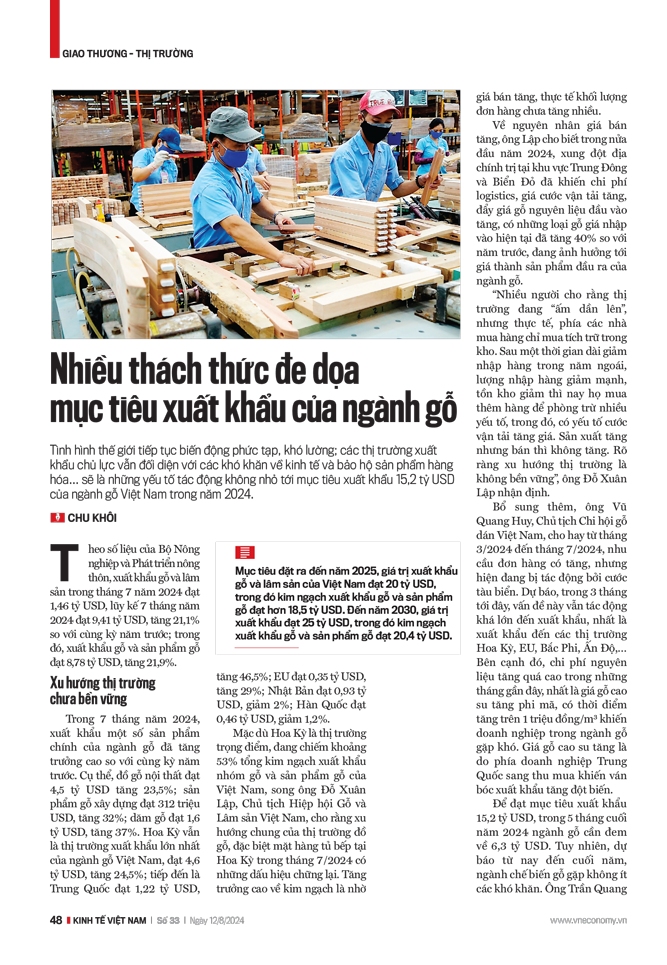
In Just 1 Month, the US Spends over $800 Million Buying a Product from Vietnam
In just a month, the United States has spent $821 million to purchase a product from Vietnam, which is 2.2 times higher compared to the same period last year.

